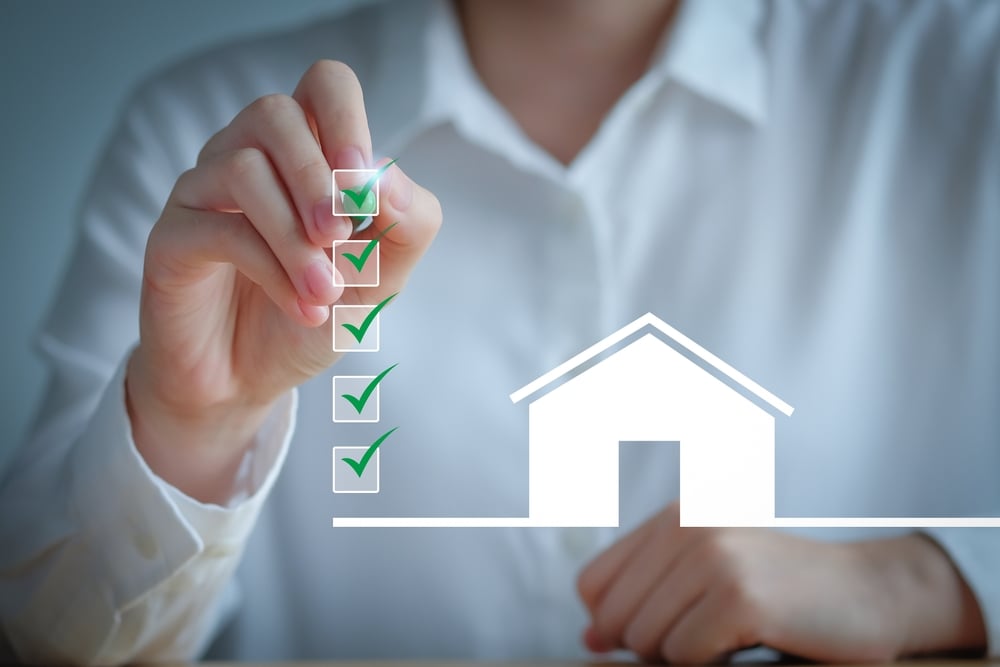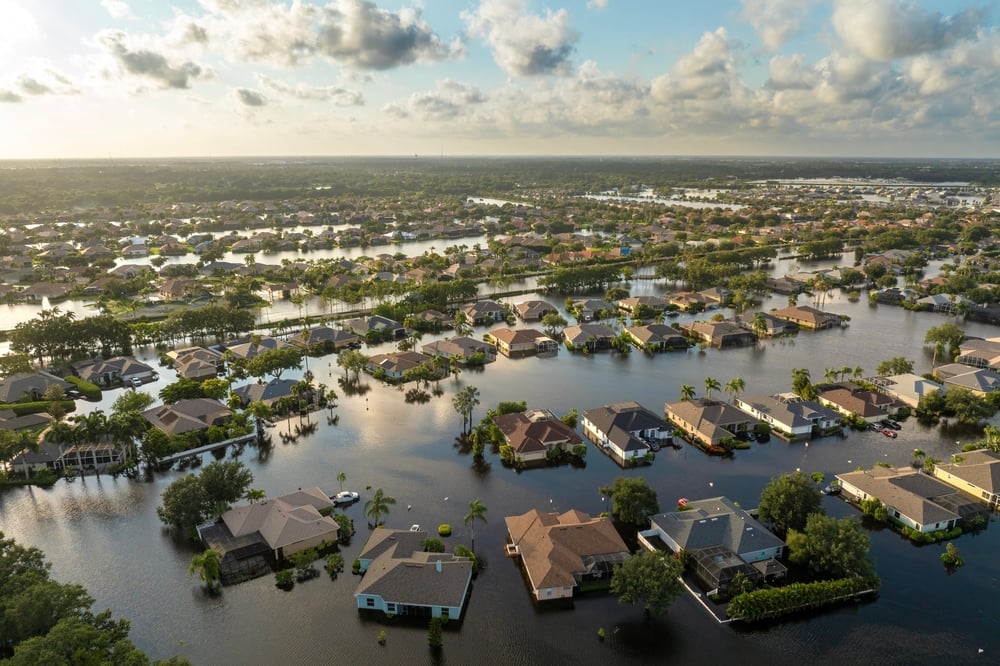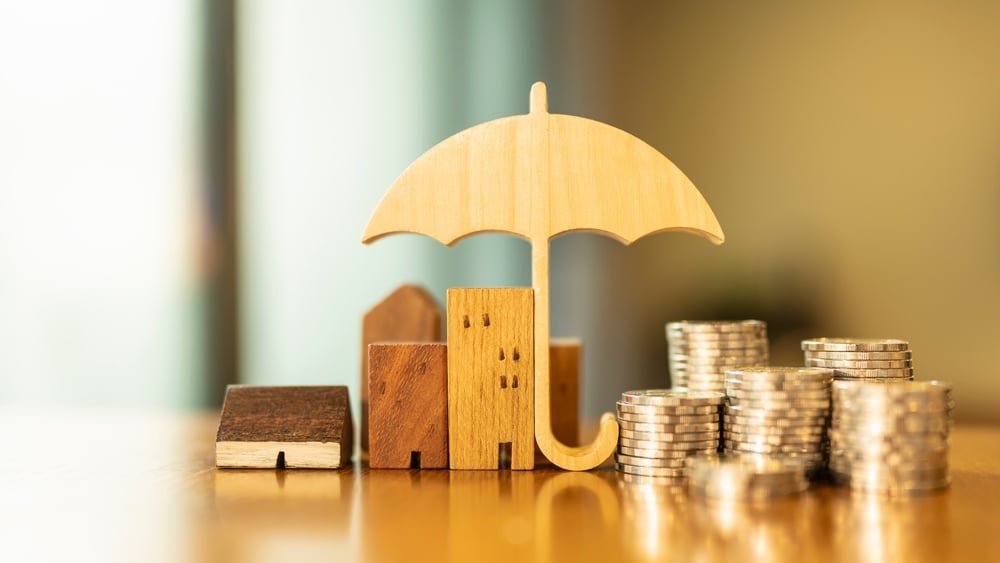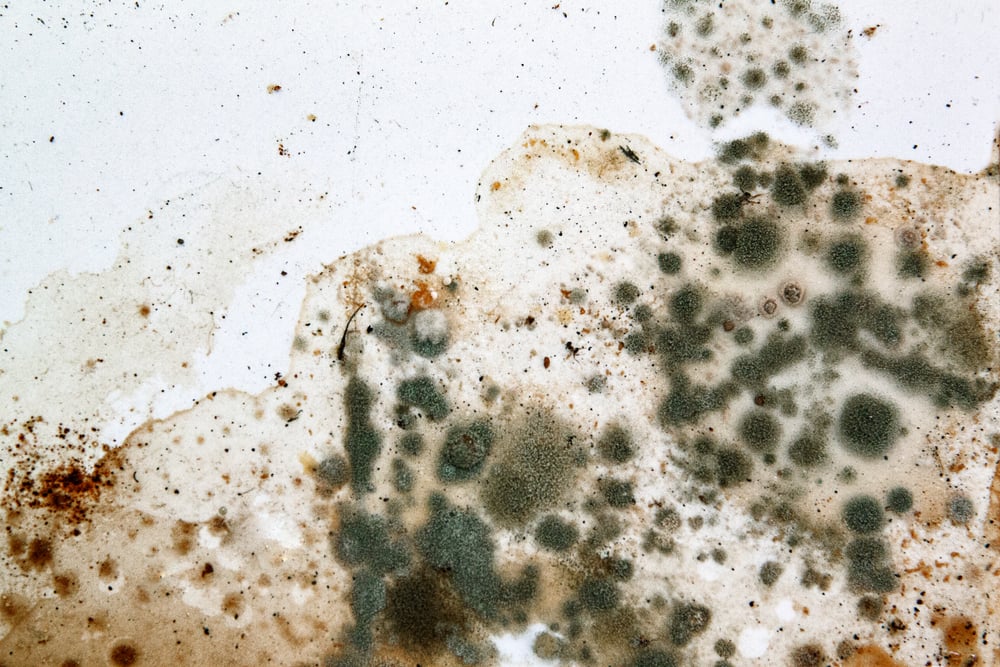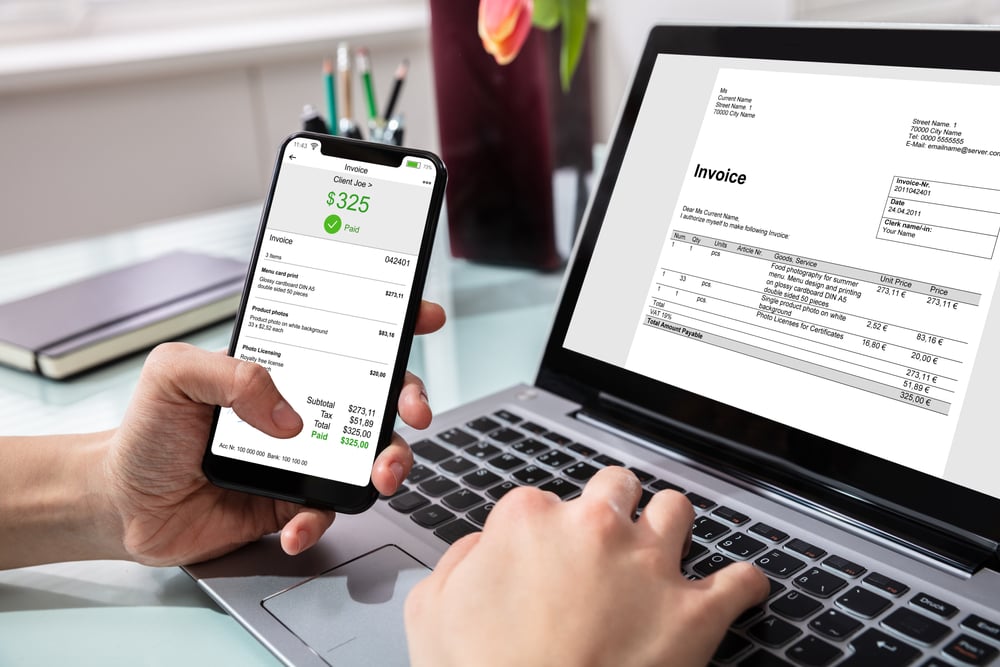What to Do After a Flood: Mold Prevention and Water Damage Control Checklist
After a flood mold prevention and controlling water damage should be your top priorities. Within just 24 to 48 hours, mold can begin to grow in damp materials, and water damage can spread rapidly, affecting your home’s structure, air quality, and safety. Acting quickly with a clear plan is crucial to minimize long-term damage, protect your health, and ensure proper cleanup. This comprehensive checklist outlines exactly what to do after a flood to prevent mold, reduce water damage, and restore your home safely and effectively.
Why Mold and Water Damage Go Hand-in-Hand
Floodwaters can saturate everything from floors and drywall to insulation and personal belongings. Even clean water becomes a hazard once it soaks into porous materials. Add Florida’s humidity, and the risk of mold skyrockets. Mold spores are naturally present in the air and need only moisture, warmth, and organic material to thrive.
The longer water sits, the greater the damage will be. Without swift action, mold can colonize unseen areas, such as behind walls, under flooring, and inside HVAC systems, creating health hazards and expensive remediation problems.
Immediate Steps to Take After a Flood
If it’s safe to return to your home after a flood, follow this checklist to begin the process of mold prevention and water damage control:
-
Ensure Safety First
- Turn off the electricity at the main breaker if there’s standing water.
- Wear protective gear, including rubber boots, gloves, goggles, and a mask (preferably an N95 mask).
- Avoid floodwater if it may contain sewage, chemicals, or contaminants.
-
Document the Damage
- Take clear photos and videos of all visible water damage.
- Record the date, time, and specific rooms or items affected.
- Keep this documentation for insurance claims and professional assessments.
Water Damage Control Checklist
-
Stop the Source of Water
- If a burst pipe or appliance causes flooding, shut off the water supply immediately.
- For rainwater or storm intrusion, cover openings with tarps or sandbags.
-
Begin Water Extraction Immediately
- Use a wet/dry vacuum, mop, or buckets to remove standing water.
- Open doors and windows to allow air circulation.
- Use fans and dehumidifiers to start the drying process.
-
Remove Wet Materials
- Pull up carpets, padding, and rugs that are saturated.
- Remove water-damaged drywall, baseboards, and insulation.
- Discard porous items, such as mattresses, pillows, or upholstered furniture, that cannot be thoroughly dried.
-
Clean and Disinfect Surfaces
- Clean all hard surfaces (floors, furniture, walls) with soap and water.
- Disinfect using an EPA-registered antimicrobial solution to kill bacteria and mold spores.
- Avoid using bleach on porous surfaces—it won’t kill mold roots and can cause further damage.
Mold Prevention Checklist
-
Dry Everything Thoroughly
- Aim to dry all areas and items within 24 to 48 hours.
- Use industrial-grade fans and dehumidifiers for effective drying.
- Pay special attention to hidden areas, such as behind walls, under cabinets, and in crawl spaces.
-
Inspect for Hidden Moisture
- Use a moisture meter to check walls, ceilings, and floors.
- Look for signs of water staining, bubbling paint, or dampness.
- Consider professional thermal imaging or moisture detection services to locate water behind walls and other surfaces.
-
Remove and Replace Contaminated Items
- Discard any item that cannot be thoroughly cleaned or dried.
- This includes books, paper products, insulation, ceiling tiles, and drywall.
- Mold can develop inside these materials and spread even after surface cleaning.
Key Areas to Monitor for Mold
Even after drying, certain areas remain vulnerable to hidden mold growth. Continue monitoring the following:
- Basements and crawlspaces: Ensure proper ventilation and install vapor barriers.
- HVAC systems: Check ducts, air handlers, and drain pans for moisture and mold.
- Bathrooms and kitchens: Watch for water leaks under sinks and behind appliances.
- Behind drywall: If moisture is present, the wall cavity may need inspection.
When to Call a Professional
While DIY methods can be helpful for minor flooding, large-scale floods require professional intervention to prevent health hazards and structural issues. Mold removal companies have the training and equipment to:
- Perform in-depth moisture assessments
- Set up containment zones to prevent mold spread
- Remove mold-contaminated materials safely
- Use HEPA filtration and antimicrobial treatments
- Verify post-remediation air quality
Delaying professional help can result in higher remediation costs and prolonged exposure to harmful mold spores.
Health Risks of Post-Flood Mold Exposure
Mold exposure can lead to serious health issues, particularly for children, the elderly, and individuals with pre-existing respiratory conditions. Common symptoms include:
- Persistent coughing or sneezing
- Skin irritation or rashes
- Headaches or fatigue
- Sinus infections
- Shortness of breath or wheezing
If any household members experience these symptoms after a flood, it may indicate hidden mold contamination. A certified mold specialist can perform air quality testing and identify the source.
Tips for Preventing Future Water Damage
After cleanup, take proactive steps to reduce the risk of future water damage and mold:
- Install a sump pump with a battery backup
- Use a dehumidifier in basements or humid spaces
- Repair roof leaks and clean gutters regularly
- Seal foundation cracks and exterior walls
- Insulate pipes to prevent freezing and bursting
- Service HVAC systems annually, including drainage and ductwork
Floods are unpredictable, but preparation can help minimize their impact and expedite recovery the next time.
Don’t Wait—Get Expert Help Today
Flood recovery is stressful and time-sensitive, but you don’t have to go through it alone. At Discount Water and Mold Removal, we provide:
- 24/7 emergency response
- Professional water extraction and drying
- Mold remediation and prevention
- Crawl space and air duct inspections
- Complete documentation for insurance claims
We proudly serve Wesley Chapel, Tampa Bay, Spring Hill, and surrounding Florida communities. Our licensed and certified team adheres to industry standards to ensure your property is clean, dry, and free from mold.
Knowing what to do after a flood can make the difference between a smooth recovery and long-term problems. Follow this mold prevention and water damage control checklist to protect your home and health. When in doubt, trust the professionals to help you reclaim your space safely and effectively.

